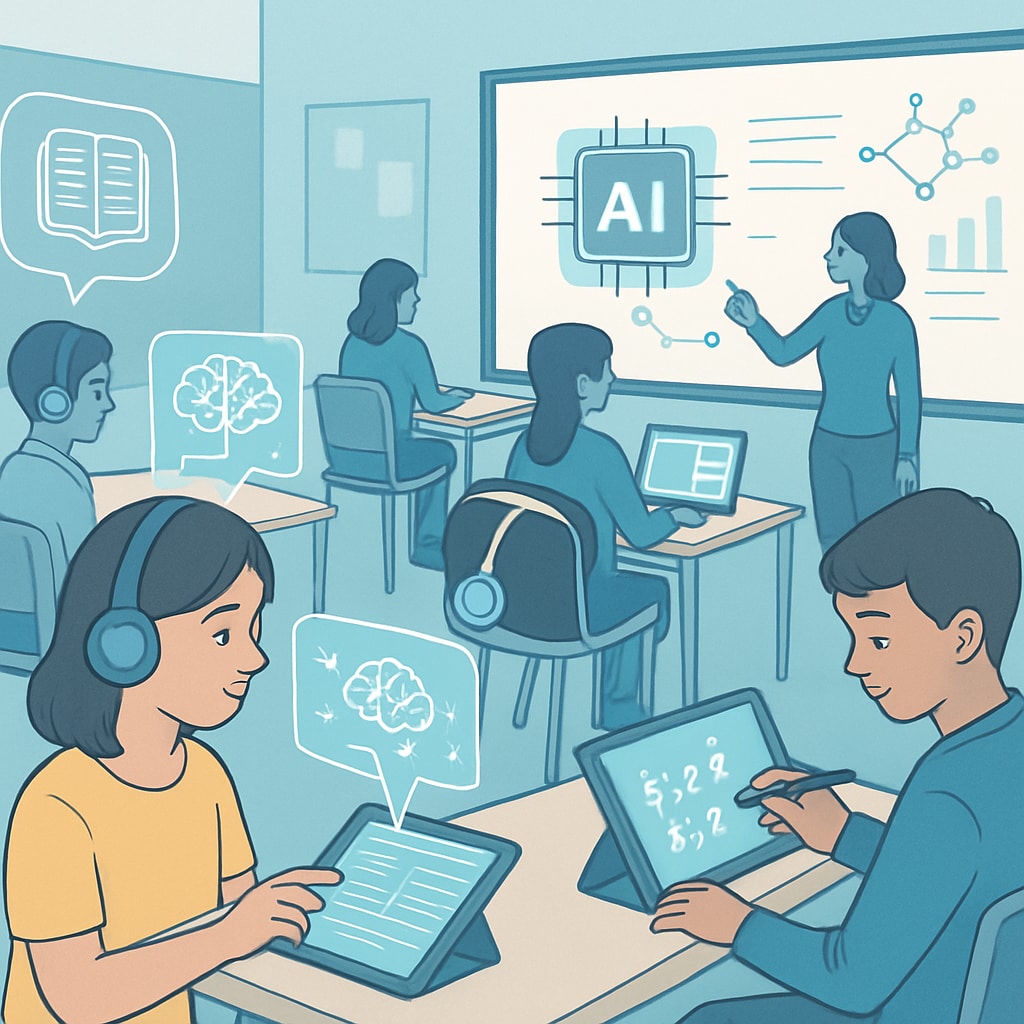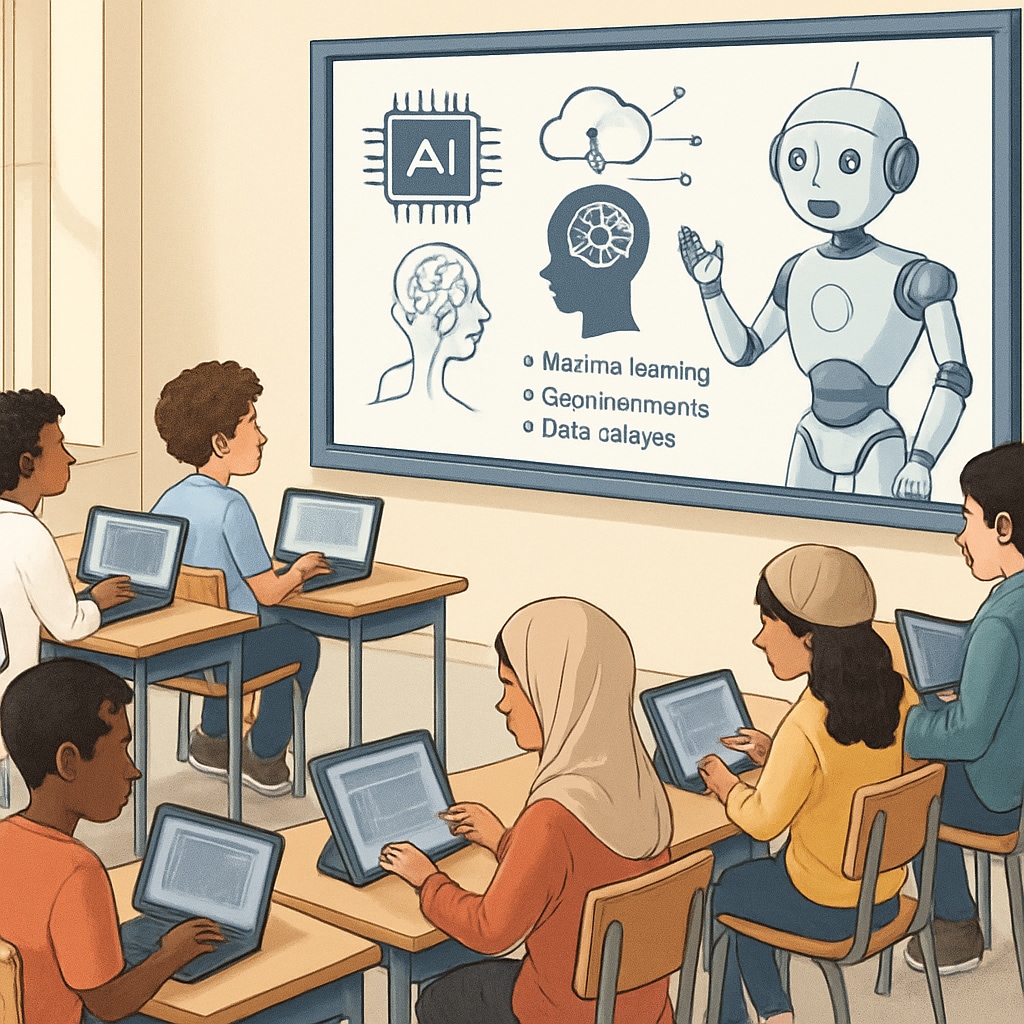By 2030, artificial intelligence (AI) is set to revolutionize K12 education, marking a significant milestone in the education future. Through innovations such as personalized learning, global resource sharing, and adaptive teaching tools, AI technology will reshape the foundation of how students learn and teachers teach. As the world approaches this transformative period, educators and policymakers must recognize the opportunities and challenges that come with this shift.
The Rise of Personalized Learning
One of the most profound impacts of AI in education lies in personalized learning. Traditional classrooms often adopt a one-size-fits-all approach, which can leave many students struggling to keep up or feeling unchallenged. AI-powered systems, however, have the ability to tailor lesson plans, content delivery, and assessments to each student’s unique needs and pace.
For example, platforms like adaptive learning systems use AI algorithms to analyze student performance in real time. These systems identify areas of strength and weakness, allowing for targeted interventions that maximize learning outcomes. Additionally, AI tutors can provide instant feedback, creating a supportive environment for continuous improvement.

Global Education Resources: Breaking Barriers
AI is also bridging the gap between education resources and accessibility. By 2030, global education platforms powered by AI will enable students from diverse backgrounds to access high-quality learning materials without geographical limitations. This democratization of knowledge can be a game-changer for underprivileged communities.
AI-driven translation tools and virtual classrooms make it possible to deliver lessons in multiple languages, ensuring inclusivity. For example, UNESCO has highlighted how AI can reduce language barriers in education, promoting cross-cultural understanding and collaboration. In addition, intelligent content curation systems can recommend resources based on individual learning objectives, ensuring students receive the most relevant material.

Empowering Educators with AI
While much of the focus is on students, AI also offers transformative tools for educators. By automating administrative tasks such as grading and attendance tracking, teachers can dedicate more time to lesson planning and one-on-one student engagement. Furthermore, AI analytics provide valuable insights into classroom dynamics, enabling teachers to adapt their methods to improve outcomes.
For instance, predictive models can alert teachers to students who may be at risk of falling behind, allowing for timely intervention. This proactive approach not only benefits students but also reduces teacher burnout, fostering a healthier classroom environment.
Challenges and Ethical Considerations
Despite its potential, the integration of AI in education comes with challenges. Data privacy, algorithmic bias, and the digital divide are significant concerns that must be addressed to ensure equitable access and fair treatment. Policymakers and educators must work together to establish ethical guidelines and safeguard student information.
Moreover, professional development programs will be essential to equip teachers with the skills needed to navigate AI-powered tools effectively. As a result, the education sector must prioritize ongoing training and support for teachers to thrive in this evolving landscape.
In conclusion, the role of artificial intelligence in shaping the future of K12 education by 2030 cannot be overstated. From personalized learning to global resource sharing, AI has the potential to create a more inclusive and effective education system. However, realizing this vision requires a collaborative effort among educators, technologists, and policymakers. By embracing these changes, we can pave the way for an education system that meets the needs of every student in the digital age.
Readability guidance: Each section is structured with short paragraphs for clarity. Lists and examples are included where relevant to enhance understanding. Transitions such as “however,” “in addition,” and “for example” are used to maintain flow and coherence.


